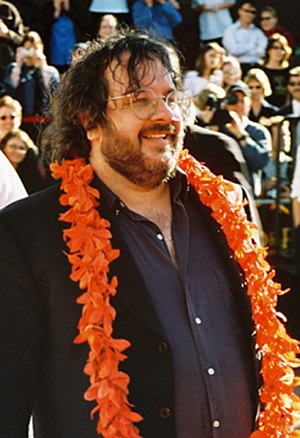 Image via Wikipedia
Image via WikipediaChristchurch earthquake is New Zealand's Hurricane Katrina...
ANALYSIS: First published at Fortitude
by peter petterson
You might say that the Christchurch, New Zealand, earthquake, of 7.1 on the Richter Scale, that occurred at 4-35am last Sunday morning, Pacific time, is the Kiwi Hurricane Katrina. Why do I say that, you might ask? It is not the devastation, because the Christchurch earthquake is confined to an area within the city and its environs, and obviously does not compare to the widespread and intensive damage caused by the American hurricane.
Christchurch City could be a bombsite because of the comparative damage to homes, buildings and infastructure. Probably 80% of these have been affected to some degree. The earthquake is not yet over because of the continuing after-shocks; they total close to 200 already and could continue for days or even weeks. A number have been recorded in the range of up to 5.4 on the Richter Scale Christchurch residents are stressed out and becoming traumatised, especially the young and elderly.
Residents cannot assess the real damage to their propertiess because of the continuing after-shocks which are still affecting the damage. But neighbours, families and friemds have assisted each other, especially the elderly and those living alone.
It is the comparative damage within the confines of this city of 400,000 and its surrounding districts, that draws my comparison. Over a hundred unstable buildings are believed to be in danger of being condemned; two protected buildings were condemned today and will be demolished — one traces its origins back to about 1877. A majority of homes in the suburb of Bexley, for instance, are in danger of being condemned because of the nature of the ground they are built on. The suburb is a drained swamp and perhaps its origins have come back to haunt the burghers of Christchurch.
Many brick chimneys and concrete facades have already been knocked down in many parts of the city. Buiding inspections have been carried out, as have inspections of schools in area. Schools will not reopen this week. Power has been restored to about 80% of residents. Water and sewerage has progressively been restored as well.
The northern township of Kaiapoi, about twenty minutes by road, was particularly devastated with broken sewer mains and water pipes. Many expensive homes in this area will have to be demolished. Many streets and roads in Christchurch City and the Canterbury region have also been severley damaged. Other infastructure has been severly damaged as well.
There have been no deaths caused by injury, though two middle aged men in their fifties are in hospital because of injuries received in the initial earthquake — one being hit on the head by a falling chimney and still on the critical list in ICU, the other severely cut by glass is in a comfortable condition. One person died of a heart attack during the earthquake. There are many minor injuries that have not yet been collated.
The government moved very quickly on Sunday supporting the Civil Defence, Christchurch City Council and the police on Sunday — the prime minister and some of his ministers arrived very early to assess the situation. Welfare centres were set up for the homeless and those who didn't wish to return to their homes. Police secured the CBD on Sunday and were relieved by eighty soldiers from the nearby Burnham Army camp on Monday morning.
As there are so many damaged business premises, many people are unable to go to work this week and earn a living — the Government will pay a subsidy of NZ$350.00 per worker in immediate assistance for the first four weeks to businesses employing less than twenty employees.
Damage to historic buildings, including the historic and iconic Christchurch Cathedral, are of great concern. Christchurch may never be the same again.
As I wrote above, the after shocks continue and more damage is expected in coming days. Some of that damage may be hard to bear and accept. Que sera sera!
The faultline that was responsible for this earthquake had lain idle for 16,000 years and nobody knew about it. At least the cause is now known.
Earthquake Christchurch is indeed the kiwi equivalent of Hurricane Katrina, but there is a lot more to write about in coming days, months and years as New Zealand's second largest city is repaired and rebuilt. This is but an early chapter in the book of Christchurch's future. Cantabrians are like the rest of New Zealanders, tough, resilient and caring to a fault at times.
That indomitable spirit so evident in Canterbury sporting teams over many decades is so very evident in city and country township communities right now. The future looks bright amid the gloom of the present.
Published on Fortitude September 08, 2010
Copyright 2010 peter petterson



